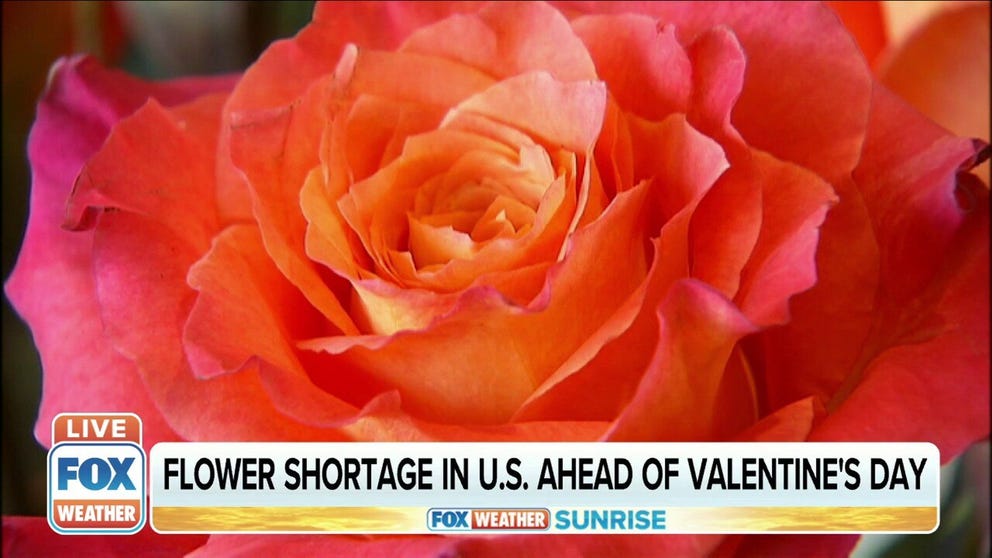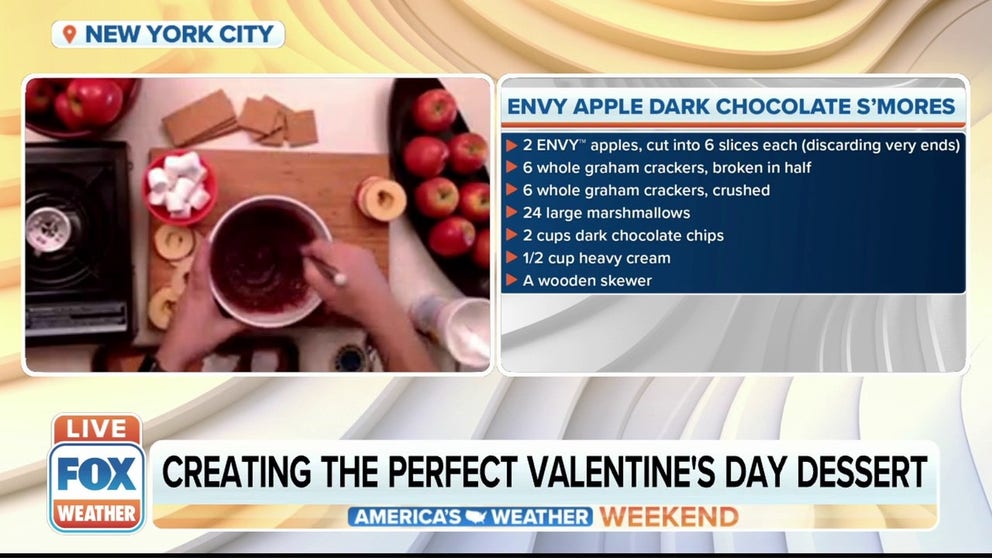Weather helps flourish flowers. Here’s how you can beautify your bouquet
Mother Nature has been a blessing for one of the world's most amazing gifts that make lasting memories for people around the world.
Flower shortage in US ahead of Valentine's Day
Valentine's Day is less than a one week away, but if your special someone is a fan of flowers, you may need to find an alternate gift this year or be prepared ti cough up some extra change.
Like all supply chains recently, the floral segment has been affected to varying degrees through the past two years.
But the one constant thing is Mother Nature's blessing for one of the world's most amazing gifts that make lasting memories for people around the world.
And that goes for weather in the regions where flowers are popular for Valentine's Day, according to Tim Dewey, past president of the Wholesale Florist & Florist Supplier Association and represents a sizeable wholesale distributor to florists in the Northeast.
Most cut flowers and greens come from California, a major growing region supplying the U.S., and locally grown flowers in greenhouses at this time of year. They are also grown in the Northwest and Florida. Most cut greens used in most floral designs are about 80% grown domestically.
Florists gear up for Valentine's Day rush as flowers become more expensive
Love is in the air. With only four more days until Valentine's Day, local businesses are gearing up for one of their busiest days of the year. Flowers are a staple Valentine's Day gift. Nicole Troncone, owner and florist of N.T. Designs, explains why more flowers more expensive this year.
From the standpoint of imports, Dewey said, approximately 70-80% of flowers used commercially in the U.S. are imported from Colombia, Ecuador, Mexico, the Netherlands and Canada.
"There have not been any significant negative weather impacts to meet U.S. holiday demand or for upcoming events like weddings, funerals, proms, events and the next flower holidays of Easter and Mother's Day," Dewey said.
However, from a florist standpoint, the main impediment during Valentine's Day can be poor weather while making customer deliveries rather than delays in inbound shipments from wholesalers.
"This is only when there is bad weather," Dewey said. "Ordering flowers from a florist embedded in the local community provides a great option for guaranteeing on-time delivery."
Creating the perfect Valentine's Day dessert
Chef George Duran joins FOX Weather to cook up the perfect dessert that you and your special someone can enjoy on Valentine’s Day.
Dewey said overnight deliveries ship most floral orders to consumers, and very occasionally, hub delays from weather events can affect distribution timing.
While sometimes consumers might hear of weather patterns that have impacted flower farmers, it is rare.
In terms of roses for weddings, Dewey said there were a couple of weeks last year when it was tough to get enough specific colors and roses.
"This was more a supply and demand issue as there were so many weddings backed up from 2020, so events were occurring on top of each other and on days where events are not traditionally held," Dewey said.
While worldwide freight costs for planes and trucks have increased, most florists have experienced an increase in the price of goods.
"Some florists will be absorbing the increase, and some will be passing on to consumers," Dewey said.
VALENTINE'S DAY FORECAST FOR 9 TOWNS ACROSS AMERICA WITH LOVELY NAMES
But there are a few things you can do to help to make sure your arrangement is something the recipient will never forget.
"Don't wait to the last minute for your holiday orders to give your florist the opportunity to plan for your order on what is a very busy time for them," Dewey said.
Regarding wedding flower demand, which will be strong in the spring and fall, Dewey recommends allowing your florist to substitute varieties if the exact one you want is unavailable.
Also, make sure your flowers are cut and put in clean water with a floral preservative package. And keep leaves out of the water where possible.


